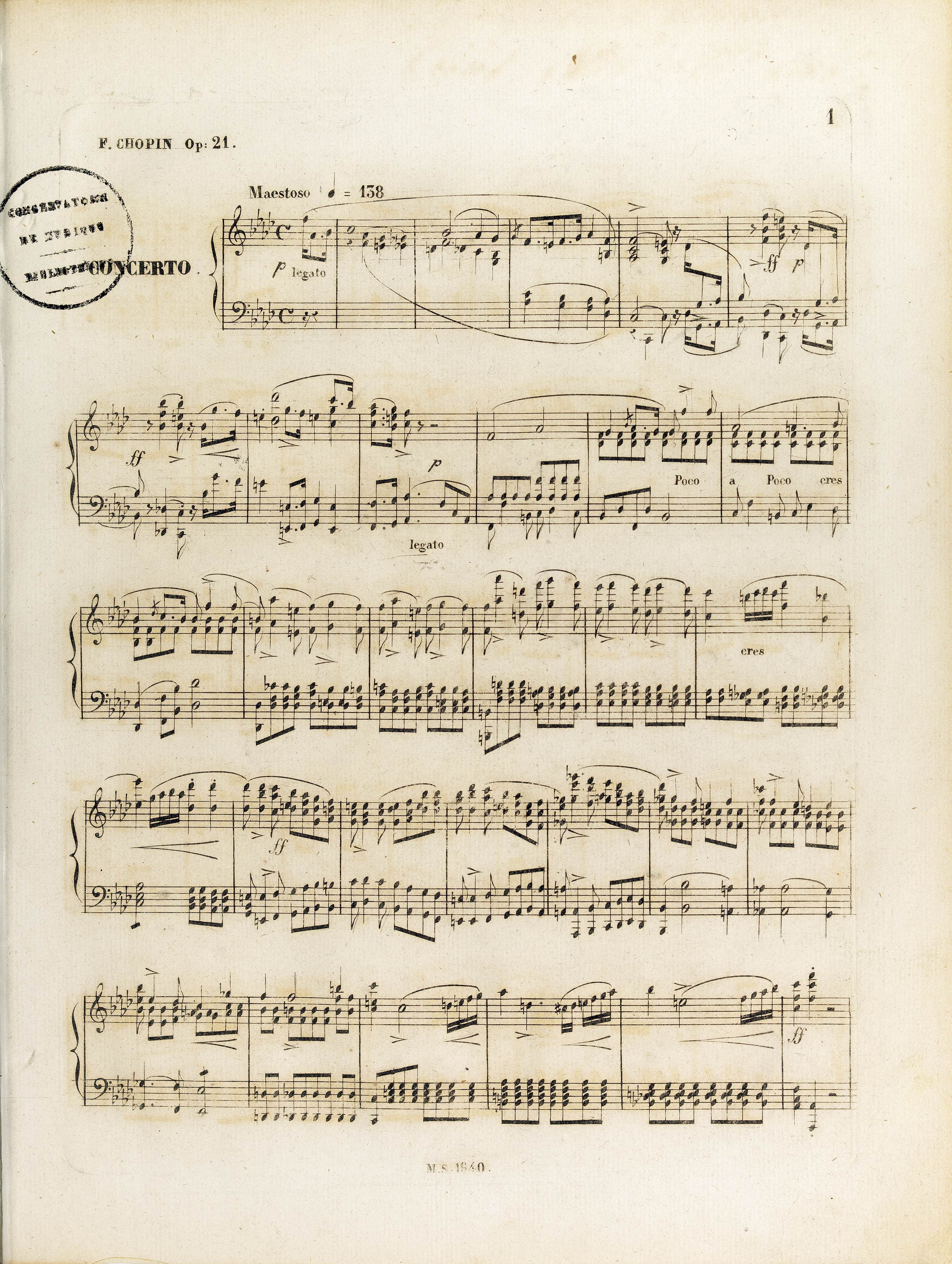



It is not entirely certain which type of accents Chopin meant in these bars. However, the signs clearly reveal more graphic features of long accents, especially the one in bar 24: a slender, elongated shape and the asymmetrical position with respect to the note. In GE they were reproduced as common, short accents. The absence of the signs in the remaining editions may be a result of an oversight of the engraver of FE (→EE), yet addition of accents in the last stage of proofreading of GE1 cannot be excluded. Even if they were added only in the proofreading and by Chopin, it does not have to mean that Chopin opted for short accents, since the engraver could have confused possible long accents with typical, short signs in the same way he had already done it on a number of occasions when interpreting A.
Compare the passage in the sources »
category imprint: Differences between sources
issues: Long accents, Errors in FE, Inaccuracies in GE
notation: Articulation, Accents, Hairpins




